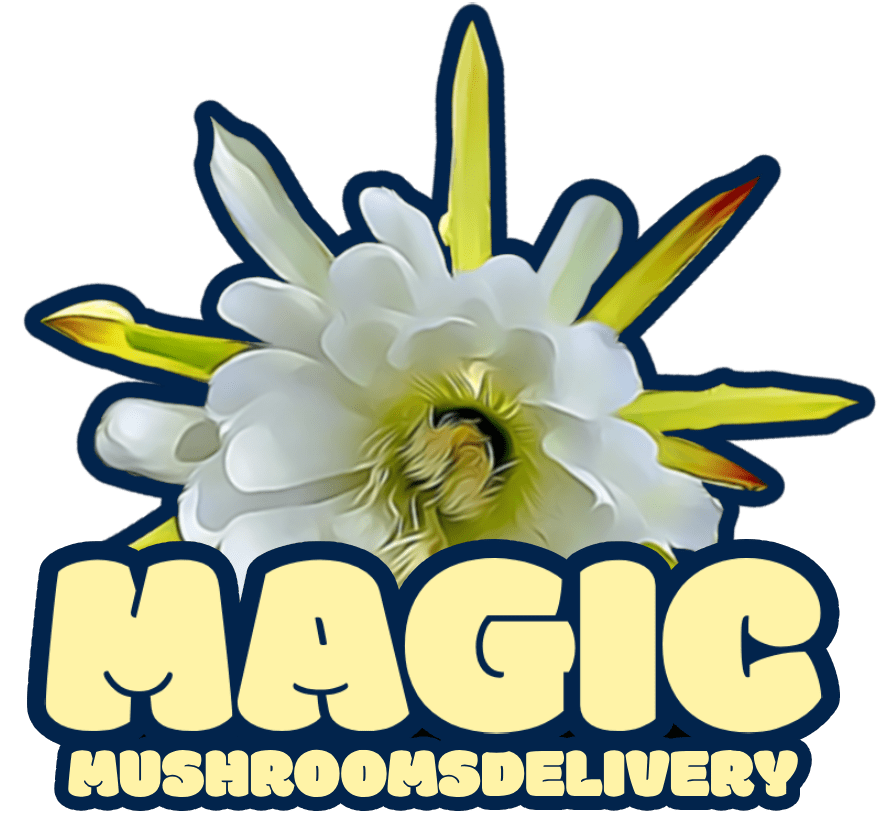

When and How Often to Microdose Magic Mushrooms
Microdosing magic mushrooms is seen as a way to boost creativity, enhance mood, and improve mental clarity. This method avoids the intense psychedelic effects of a full trip. But knowing when and how often to microdose is key to getting the best results. Let’s break down everything you need to microdose mushrooms the right way..
What Is Microdosing?
Microdosing involves taking a sub-perceptual dose of psilocybin, meaning it’s small enough that you don’t experience hallucinations or major alterations in perception. Typically, a microdose ranges between 100mg to 300mg of dried psilocybin mushrooms. The goal is to receive cognitive and emotional benefits while staying fully functional in daily life.
How to Determine Your Microdose Size
The ideal magic mushroom microdose amount depends on various factors, including body weight, sensitivity to psilocybin, and personal goals. Use the table below as a general guide:
| Body Weight | Sensitivity | Recommended Microdose |
|---|---|---|
| Under 130 lbs (59 kg) | High | 100mg – 150mg |
| 130 – 180 lbs (59 – 82 kg) | Medium | 150mg – 200mg |
| Over 180 lbs (82 kg) | Low | 200mg – 300mg |
Those who are naturally more sensitive to psilocybin may need to start with a lower dose, while others with higher tolerances can adjust upwards as needed.
How Often Should You Microdose?
There are several popular microdosing schedules, each designed for different goals and lifestyles. The most common protocols include:
1. The Fadiman Protocol (One Day On, Two Days Off)
- Microdose every third day (e.g., Monday, Thursday, Sunday, etc.)
- Developed by Dr. James Fadiman, this schedule prevents tolerance buildup and allows reflection on the off days.
- Best for: Beginners and those who want a structured routine.
2. The Stamets Stack (Four Days On, Three Days Off)
- Microdose four days in a row, followed by three rest days.
- Created by Paul Stamets, this protocol often includes lion’s mane mushroom and niacin to enhance neurogenesis and brain function.
- Best for: Neuroplasticity, memory enhancement, and long-term cognitive benefits.
3. The Every Other Day Approach
- Microdose one day on, one day off (e.g., Monday, Wednesday, Friday, etc.).
- Allows consistent benefits while preventing rapid tolerance.
- Best for: Those needing a steady cognitive and mood boost.
4. The Intuitive Approach
- Take a microdose only when you feel it’s needed—not on a fixed schedule.
- Great for experienced users who understand their body’s response.
- Best for: Flexibility, self-awareness, and personalized dosing.
Different Strains and Their Benefits
Not all microdose mushrooms are the same. Different strains have unique effects, so choosing the right one depends on your goals.
| Strain | Benefits |
| Penis Envy | Strongest effects, ideal for deep introspection and emotional balance. |
| Bluey Vuitton | Enhances creativity, mood, and focus. |
| Rusty Penis Envy | Similar to Penis Envy but slightly less intense, great for mood and PTSD. |
| AMAQ-17 | Helps with anxiety, migraines, and cognitive function. |
| YAK | Improves focus, reduces stress, and enhances energy. |
If you’re unsure which strain is best for you, check out our Microdose Capsules for carefully dosed, high-quality options.
When Is the Best Time to Microdose?
The timing of your microdose can impact its effects:
- Morning (Most Recommended): Helps with focus, productivity, and mood enhancement throughout the day.
- Midday: Useful if you want a creativity boost in the afternoon without disrupting sleep.
- Evening: Generally not recommended, as it can interfere with sleep patterns or make relaxation difficult.
Some users experiment with microdosing on specific days when they need an extra edge, such as before brainstorming sessions, creative projects, or social gatherings.
How Long Should You Microdose Mushrooms For?
Most people microdose in cycles to maximize benefits while avoiding tolerance:
- 4 to 8 weeks on, followed by a 2 to 4-week break.
- This prevents diminishing effects and gives the brain time to reset.
Long-term microdosing may lead to changes in perception, mood, and habits, making periodic breaks essential for maintaining effectiveness.
Signs You Should Take a Break
- Diminished effects (your usual dose feels weaker).
- Increased emotional sensitivity or irritability.
- Sleep disturbances or feeling overstimulated.
- Loss of motivation or reliance on microdosing for normal function.
How to Track Your Microdosing Journey
To determine if microdosing is working for you, consider keeping a journal where you note:
- Your dose amount and schedule.
- Any mood, focus, or creativity changes.
- Physical effects like energy levels or sleep quality.
This helps identify patterns and adjust your dosage or schedule for optimal benefits.
Final Thoughts
Microdosing mushrooms can be a powerful tool. It enhances focus, creativity, and emotional well-being. The right approach depends on your personal goals and body chemistry. Start with a structured schedule like the Fadiman protocol. Track your results. Experiment with different strains to find what works best for you.
Ready to experience the benefits of microdosing? Explore our Microdose Capsules for high-quality, lab-tested psilocybin products!
FAQs
Can I microdose every day?
It’s not recommended. Daily microdosing can lead to tolerance, reducing effectiveness. Stick to a schedule with built-in breaks.
How long does a microdose last?
Effects typically last 4 to 6 hours, depending on your metabolism and dosage.
Will I feel ‘high’ when I microdose?
No. If you feel noticeable psychedelic effects, your dose may be too high. Reduce it to stay in the sub-perceptual range.
How do I know if microdosing is working?
You might notice improved mood, better focus, reduced anxiety, and enhanced creativity over time rather than an immediate effect.
Can I drink coffee while microdosing?
Yes, but some users report that caffeine can amplify effects, so start slow and observe how you feel.
Where can I buy high-quality microdose mushrooms?
You can find premium, lab-tested microdose mushrooms at Magic Mushrooms Delivery, offering fast delivery across Canada.
Tommy Lee
Table of Contents
Canada’s Mushroom Dispensary
Calgary
We deliver magic mushrooms same day in Calgary. Enjoy quick delivery within 60 minutes anywhere within city limits between 10am and 9pm daily.
Canada
Canada's magic mushroom delivery service. We bring shrooms to your place in 1 - 4 days depending where you are in Canada. Shrooms near me? We have you covered.
Be first on the list to get notified about our sales, new genetics and drops before they sell out!

